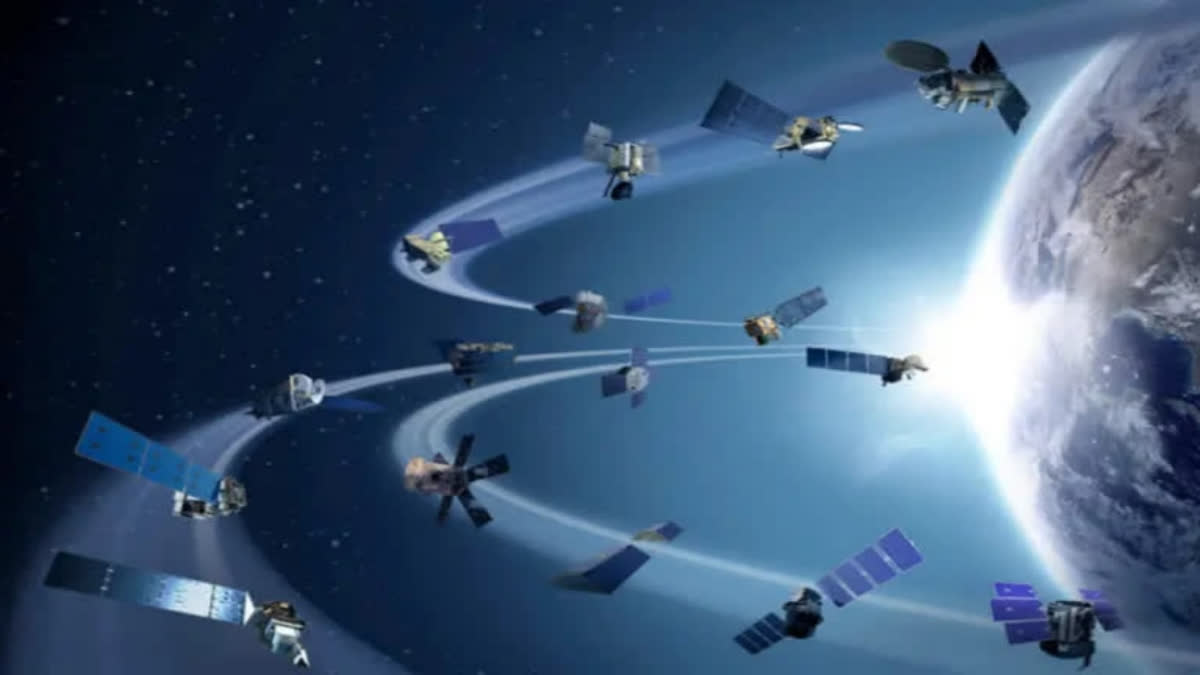Colorado: Private companies and governments are reaching for the stars in an effort to ease Earth-bound shortages. In August, India made history by conducting the first soft landing near the south pole of the Moon. This low-cost mission its budget was well under USD 100 million heralds a new era of space exploration and deep space commerce.
Among other objectives, the mission confirmed the presence of water in lunar regolith, the local dirt. The findings, building on recent scientific discoveries, underscore an emerging paradigm.
A global resource rush is starting to find and extract the first accessible natural resource in outer space: lunar water. This resource rush, enabled by space-sector innovations, has led to many new players in the space energy sector, with solar power a leading option for development. Emerging economies like India and the United Arab Emirates are joining existing space powers and dozens of private commercial firms in this race.
The United States and China are developing competing international collaborations to access these resources: the Artemis Accords and International Lunar Research Station respectively. Access to and development of space resources can bring significant economic benefits to Earth.
Space resources are now feasible because technological innovation has made lunar missions cheaper, from single digit billions to double digit millions, with promises for further cost reduction. Falling launch costs, particularly due to reusable rocketry and commercial innovation, are one of the two economic factors accelerating the commercialisation of space and the lunar resource rush. The other is the decreasing costs of spacecraft design, enabled by the digital revolution.
Also read:Aditya-L1 has commenced collecting scientific data: ISRO
Two American companies, SpaceX and Blue Origin, are developing super heavy lift launch vehicles that can put 75-100 tonnes into low-Earth orbit. Many other reusable vehicles are in the pipeline globally.
There are two primary space resource types lunar volatiles, which include water, and regolith to provide local and export materials. Water is cheap on Earth but costs USD 10,000 or more for each kilogram delivered to space. Water is the oil of outer space, making the Moon the Saudi Arabia of the solar system. Although dry by Earth standards, the lunar south pole contains significant water deposits.
The Moon has lower gravity, so it is easier to extract and transport this water to orbital locations than send it from Earth. Water's two components, hydrogen and oxygen, can be split to produce rocket fuel. Existing satellites contribute hundreds of billions in telecommunications and other services for global economies. But they are not refuelled. This limits their life and number of useful missions.
Spacecraft fuel produced from lunar water can supercharge the orbital economy, support defence activities in Earth orbit, and even lay the foundation for human exploration of the Moon and Mars. Beyond water, the regolith on the Moon, Mars and asteroids contains useful materials to build habitats, bases and mines on planetary surfaces. They can provide food, water, air and other goods for future astronauts.
Also read:NASA spacecraft set to deliver biggest sample yet from an asteroid
